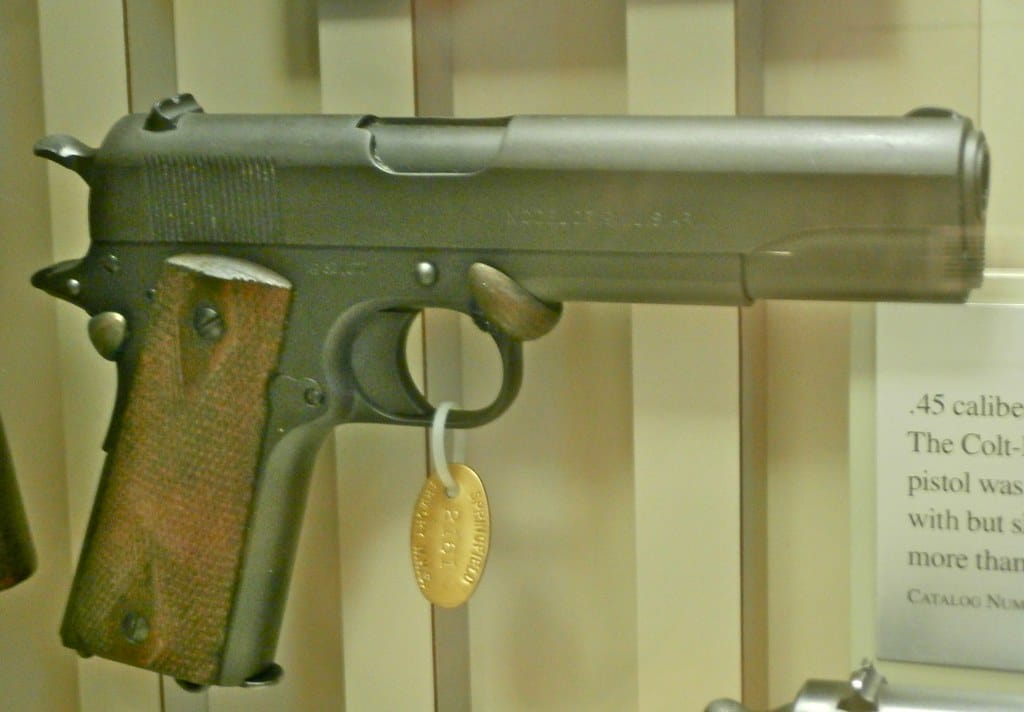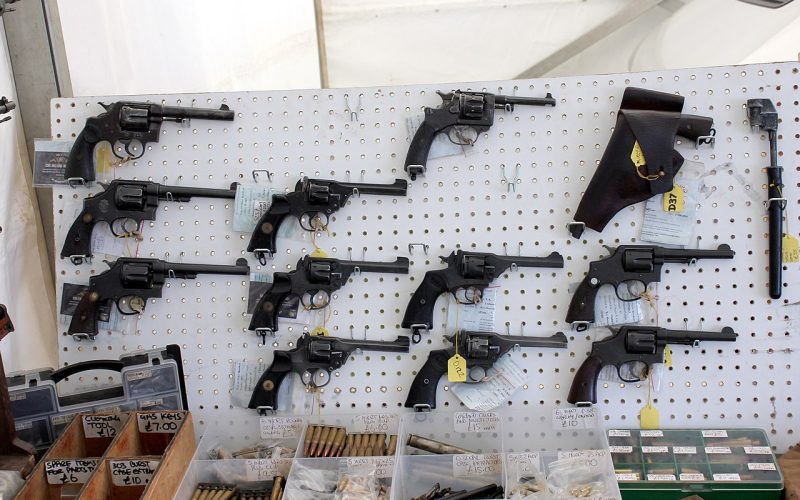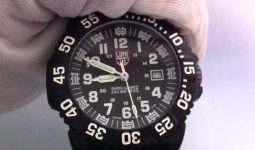Isn’t it straightforward? You’ve decided to acquire any of the different types of handguns and have begun your search.
After all, it shouldn’t take long because it’s not difficult, right? However, when you search the internet, something becomes apparent.
Most folks don’t realize how much more goes into buying a pistol than they think.
The first and most obvious question is: which handgun do you prefer? A single-action revolver, a single-action semi-automatic handgun, or a single/double-action firearm?
There’s a lot more to choosing a pistol than just the color. Read this article to learn more about the different types of handguns.
1. Single-shot Pistols
These weapons are self-explanatory. The gun can only fire one round at a time, and the rifle is then manually reloaded and ready to fire once more.
Small derringer pistols are the most popular gun in this group, and hunting handguns are included in this category.
While they can produce a single bullet, they are slow to reload and are not intended for long-term use.
2. Multi-Barreled Pistols
The name is self-explanatory once more. This is one of the types of handguns that is a slight improvement over single-shot pistols in that they allow the shooter to fire many shots without reloading.
Many of these guns are obsolete. However, modern variants, such as Arsenal Firearms’ AF2011-A1 twin-barrel pistol, are available.
Should you be interested, derringer pistols also fall into this category.
3. Revolvers
Revolvers are immediately identifiable and frequently called “wheel guns.” They’re based on a rotating cylinder that’s packed with cartridges.
Depending on the rifle, these cylinders can hold anywhere from five to eight rounds.
The cylinder rotates whenever the shooter pulls the trigger, and a new round is fired.
These weapons, invented in the early 1800s, were revolutionary because they allowed the user to fire many bullets without reloading.
These weapons might be extremely small or even ridiculously large. We’ll look at some of the other varieties of revolvers later.
4. Semi-Automatic Hand Guns
We now have semi-automatic handguns in the current era. These are the most prevalent guns in the firearms industry and are the industry standard for law enforcement, military, and civilians.
The energy of the fired cartridge is used by a semi-auto gun to refill the chamber for the next shot instantly.
Also, most reload the next shot with recoil energy, although a few can cycle the rifle with gas from the fired cartridge.
These are magazine-fed, allowing the shooter to carry many bullets and additional magazines for the weapon.
Furthermore, Semi-auto firearms include handguns like the famous 1911 and the Glock.
5. Automatic Handgun

Automatic pistols are fully automatic firearms that can fire many times in a row with a single depressed trigger.
This is one of the different types of handguns. These are extremely rare and are strictly regulated by the ATF.
While they aren’t instrumental in self-defense, they are a lot of fun to shoot. The Glock 18 is one of the most well-known firearms in its category.
It’s a super-quick-firing handgun with more people laughing than Saturday morning cartoons.
6. Single Action Revolver
This is the old-fashioned cowboy gun trigger. The hammer must be cocked to the back first before the gun can discharge.
The hammer is released, and the gun is fired when the trigger is pulled. While it is an older design, it is still used in many hunting handguns.
7. Double-Action Revolver
This is a more conventional and modern system. The trigger pulls the hammer to the back while releasing it in this action.
This is where the great majority of modern revolvers fall. These guns are frequently carried as primary defensive handguns or as backup weapons.
They are easy to operate and are typically compact; many assume they are less complicated.
On the other hand, the average revolver has more parts than an automatic, perhaps twice as many.
8. Single Action Semi-Auto
The hammer is released when the trigger is pulled on this handgun. Before the gun can fire, the hammer must be cocked to the rear.
You can do this by racking the slide to the back or allowing the gun’s cycle to reset the hammer. Also, this shows the firing action of the well-known 1911 pistol.
9. Double Action/ Single Action
When you pull the trigger on these types of handguns, the hammer is drawn to the rear and then falls forward, firing the bullet.
There are two unique trigger “pulls” on these handguns. Because the hammer is being drawn back, the initial pull is substantially heavier than the next pull.
The slide’s recoil cycles the action after it has been discharged, allowing the trigger to be utilized to release the hammer.
Furthermore, this is seen in pistols like the Beretta 92, which the US military uses.
10. Strike Fire/ Safe Action
Because they don’t have an external hammer, these pistols are one-of-a-kind in terms of functionality.
While there is some controversy about whether these guns are SA/DA or DA alone, we put them in their category.
The weapon is originally “cocked” by loading and cycling the slide. The striker advances onto the round once the trigger releases the mechanism.
The operation is then reset to execute again after the next cycle of the slide. Glock popularized this technique, which is now seen in a wide range of other pistols.
There are no exterior safety features on these firearms, and there is no standard hammer. This is one of the different types of handguns.
11. Double Action Only Revolver
Although these guns have been around for a long time, they are a relatively new addition to the defensive pistol market.
These are distinguished by a metallic shroud covering the hammer. This is supposed to keep garments from snagging.
The hammer can’t be manually cocked with this design; therefore, it’s solely for DA. Simply pressing the trigger fires the gun.
These firearms are typically promoted as ultra-lightweight, concealable handguns. They are frequently sold to women as guns that are easy to carry.








